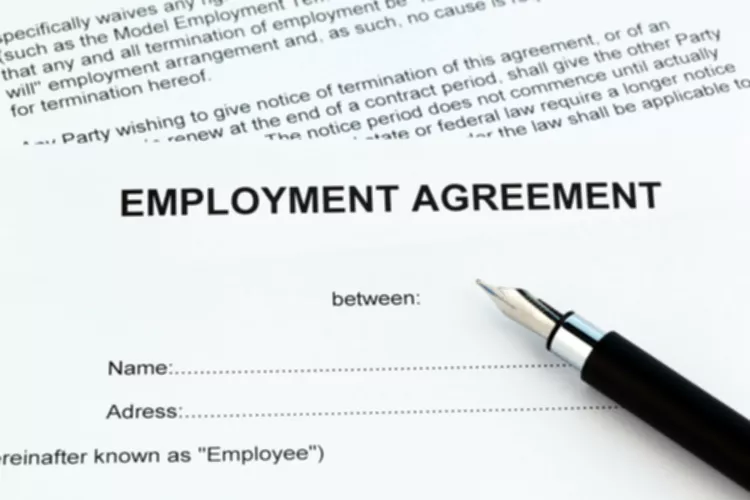What are retained earnings and comprehensive income?
1win aviator oyununda necə qalib gəlmək olar? Təhsil Portal
March 30, 2022oyunu sındırmaq mümkündürmü
March 31, 2022Content

Each period, net income from the income statement is added to the retained earnings and is reported on the balance sheet within shareholders’ equity. Both revenue and retained earnings are important in evaluating a company’s financial health, but they highlight different aspects of the financial picture. Revenue sits at the top of theincome statementand is often referred to as the top-line number when describing a company’s financial performance. Traders who look for short-term gains may also prefer dividend payments that offer instant gains. Retained earnings can be found in the shareholders’ equity section of a company’s balance sheet. This figure may be recalculated and reported quarterly and must be recalculated and reported annually.
What is meant by retained earnings?
Retained earnings are the amount of profit a company has left over after paying all its direct costs, indirect costs, income taxes and its dividends to shareholders. This represents the portion of the company's equity that can be used, for instance, to invest in new equipment, R&D, and marketing.
Excessively high retained earnings can indicate your business isn’t spending efficiently or reinvesting enough in growth, which is why performing frequent bank reconciliations is important. Lack of reinvestment and inefficient spending can be red flags for investors, too. Retained earnings are calculated to-date, meaning they accrue from one period to the next.
How to Prepare the Statement of Retained Earnings?
Of course, even the company cannot call its earnings “cash.” Before arriving at cash flow, a company must separate from its profits adjustments like depreciation and capital expenditures. The shareholder thus stands another https://www.bookstime.com/ step away from actually getting cash from earnings. In fact, as my analysis shows, shareowners can become gradually impoverished as a result of holding stock in companies that regularly report healthy profits.
They assume that they’re using their shareholders’ resources efficiently if the company’s performance—especially ROE and earnings per share—is good and if the shareholders don’t rebel. They assume that the stock market automatically penalizes any corporation that invests its resources poorly. So companies investing well grow, enriching themselves and shareholders alike, and ensure competitiveness; companies investing poorly shrink, resulting, perhaps, in the replacement of management. In short, stock market performance and the company’s financial performance are inexorably linked.
What Is the Difference Between Retained Earnings and Revenue?
Another fairy tale concerns the directors’ accountability to shareholders, who vote them in at the annual meeting. But the shareholders do not really elect the board, nor does the board usually elect management. Rather, the stockholders ritually approve candidates management has selected. In this one-party system, the “elected” board subsequently receives from management a slate of officers, which it also ritualistically endorses.
- One way to assess how successful a company is in using retained money is to look at a key factor called retained earnings to market value.
- These earnings are retained for future use to help fund the corporation’s expansion.
- Ending retained earnings is at the bottom of the statement of changes to retained earnings which is only assembled after net income (the “true” bottom line) has been determined.
The same situation may arise if a company implements strong working capital policies to reduce its cash requirements. Paid-in capital comprises amounts contributed by shareholders during an equity-raising event. Other comprehensive income includes items not shown in the income statement but which affect a company’s book value of equity. Pensions and foreign exchange translations are examples of these transactions.
What are Retained Earnings?
Discounted Cash Flow method uses the stock’s price, the dividend paid, and the average year-to-year growth rate in the dividend amount. For example, the earlier calculations resulted in answers of 11.6%, 11%, and 10%. As a result, we now have a more thorough approximation of the cost of retained earnings by averaging the results of the calculations provided in the examples. When calculating the cost of retained earnings, any of the three above-mentioned methods can provide an approximation. However, the most comprehensive approach is to calculate all three methods and use the average. There’s an opportunity cost with retained earnings if not utilized properly or if it sits unused, which can limit a company’s growth.
Is Keyera Corp.’s (TSE:KEY) 18% ROE Worse Than Average? – Simply Wall St
Is Keyera Corp.’s (TSE:KEY) 18% ROE Worse Than Average?.
Posted: Tue, 29 Nov 2022 15:52:42 GMT [source]


